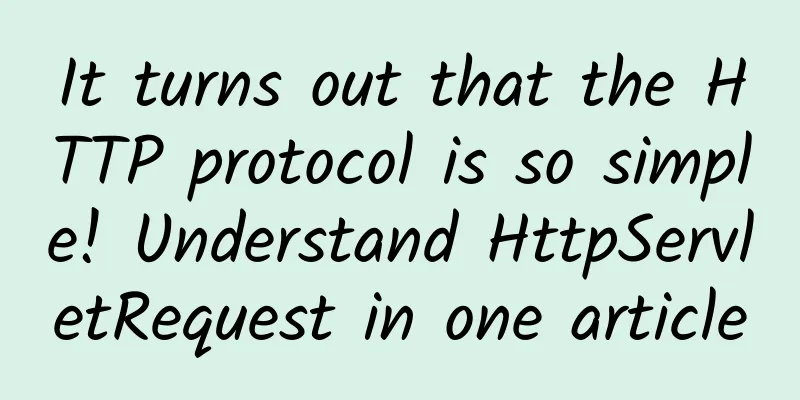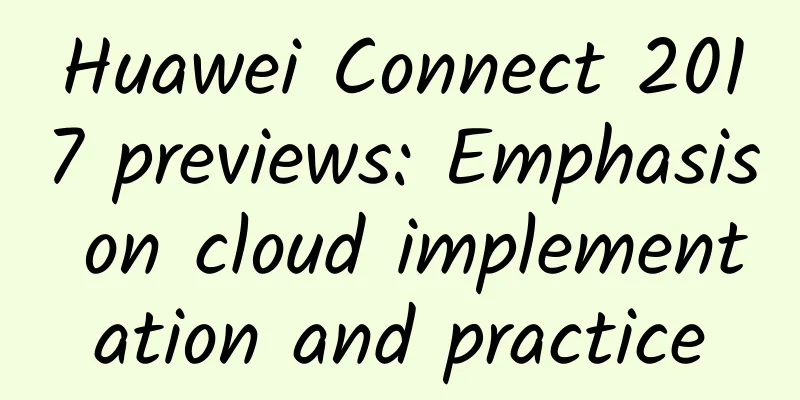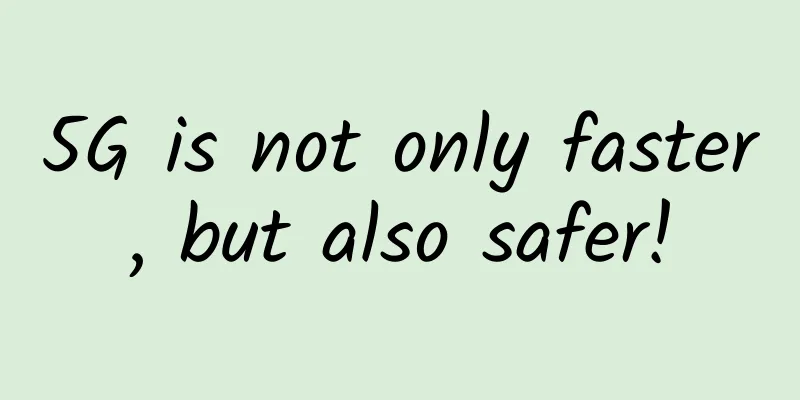The development of 5G should obviously not come at the expense of limiting WiFi speed
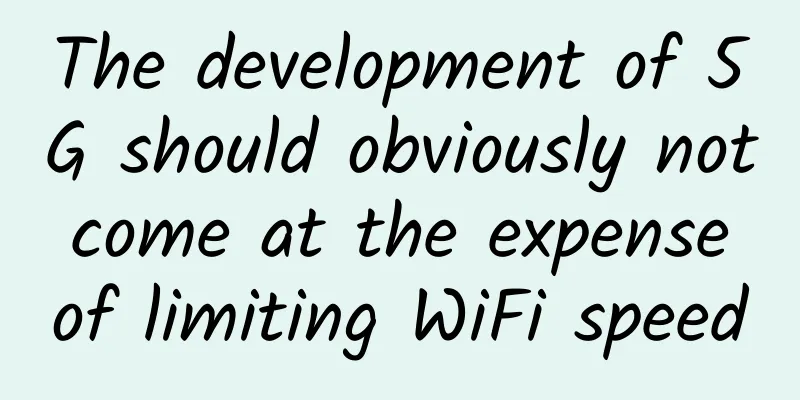
|
In today's article, we are not going to talk about the still distant WiFi7, but the more realistic WiFi6E and a recent interesting story about it. First of all, what is WiFi6E? As the name suggests, it is an "Enhanced" standard based on WiFi6. However, unlike the "WiFi6+" or "WiFi6 Enhanced Edition" customized by various manufacturers in the domestic market, WiFi6E is an industry standard officially recognized by the WiFi Alliance, and can also be regarded as a transitional form between WiFi6 and WiFi7. Why did the WiFi Alliance come up with WiFi6E? The reason is actually very simple, because for a long time in the past (from WiFi4 to WiFi6), the "speed-up" of the WiFi standard has always relied on two methods. One is to increase the number of antennas. The more concurrent antennas, the larger the total bandwidth. The second is to improve the signal encoding and transmission method, through wider modulation methods and larger signal bandwidth, to achieve more data transmission in the same antenna and the same time. In simple terms, the first method is like remodeling the road and increasing the number of lanes, while the second method is to widen the width of each lane and increase the speed limit of the road. Obviously, problems arise when the width of a single lane is too large (the transmission bandwidth is too wide) and the number of lanes is too large (the number of concurrent antennas is too large), then the land used to build the road will not be enough (not enough wireless resources). Therefore, the solution of WiFi6E is very simple and crude. On the basis of the original 2.4GHz, 5.2GHz, and 5.8GHz frequency bands of WiFi6, an additional 6GHz-7GHz ultra-large frequency band is added. Since this frequency band has not been used by many people in the past and wireless resources are very abundant, WiFi6E devices can continue to use a larger transmission bandwidth and more antenna stacks to significantly improve the connection speed. But the question is, is there really no one using the 6GHz band?In 2020, when the Federal Communications Commission (FCC) decided to open the 6GHz-7GHz frequency band for WiFi 6E technology, the experts of the commission may have thought so at first. After all, this frequency band is not used by any radio calling equipment, and it does not conflict with the mainstream 5G mobile phone working frequency band (below 6GHz or above 24GHz), which seems to be very "open and safe". However, once this decision was announced, the FCC almost immediately faced strong opposition from operators, and the two sides even went to court. The 5G frequency band for consumer use does not include 6GHzRemember what I said before? Yes, the 6GHz-7GHz wireless frequency band was not used by many people before, and it does not conflict with the working frequency of 5G mobile phones. But the problem is that because this "blank frequency band" is so clean and has so many resources, not only the WiFi Alliance wants to use it to improve the performance of the next generation of WiFi technology, but telecom operators are also eyeing this "fat piece of meat". However, telecom operators are not opening the 6GHz-7GHz band to consumers. Their idea is to use this ultra-wide, ultra-low-interference wireless frequency band for wireless remote communication between base stations. What does this mean? For example, 5G base stations in cities may be directly connected to each other using optical fiber networks. After all, this method is relatively low-cost and has little signal loss. However, if you want to set up 5G base stations in the wilderness or deep in the mountains, the cost and difficulty of pulling optical fiber from the city will obviously explode. For this reason, telecom operators have come up with the idea of interconnecting base stations using dedicated ultra-wideband wireless lines at 6GHz-7GHz. In this way, on the one hand, these lines will not overlap with consumers' 5G signals and will not interfere with them; on the other hand, high-power 6GHz wireless transmission technology can now transmit 5G signals over distances of up to tens of kilometers, which can greatly reduce the cost and technical difficulty of laying base stations in remote areas. Since this idea seemed good at first glance, telecom operators subsequently began to hinder the FCC from approving this frequency band for consumer use and launched a campaign calling on the FCC to set aside a large block of the 6GHz-7GHz band for "exclusive use" by telecom operators. However, after more than a year of wrangling, the FCC finally won the lawsuit against the telecom operators. The reason for their victory is actually very simple. First of all, WiFi6E is an indoor low-power wireless standard, which does not conflict with the outdoor high-power transmission used by telecom operators. The two can coexist, and there is no need to prohibit the other in order to achieve one. Secondly, FCC experts pointed out incisively that the reason why telecom operators want to monopolize this frequency band is not only because they want to build a 5G long-distance transmission network, but more importantly, if no other wireless standards operate on the same frequency band, then telecom operators do not need to consider using technologies and equipment such as automatic frequency avoidance when laying related equipment, thereby further reducing costs. To put it bluntly, WiFi6E will not prevent telecom operators from using the same frequency band to transmit 5G signals, but it will increase the construction cost of a part of the 5G network. However, telecom operators are preventing consumers from using faster WiFi technology just to save this part of money. In other words, they want to "pass on" the network construction costs that should have been borne by themselves to consumers in advance. Obviously, once this matter is exposed, everyone can see that telecom operators will definitely lose the case, and the deployment of WiFi6E will become inevitable. But the problem is, since everyone with a discerning eye can foresee that this will be the final result, why do a large number of telecom operators still want to tear their faces with the FCC and fight this lawsuit that is bound to lose? |
<<: Sent a data packet to xxxhub and found...
>>: Omdia: Global Gigabit Broadband Users to Reach 50 Million by 2022
Recommend
The Chinese market size of the new “5G+VR” consumption model is expected to reach 90 billion yuan
Wear VR (virtual reality) equipment to travel aro...
Which unlimited package of the three major operators is more cost-effective? Detailed comparison
Starting from July 1 this year, China Mobile, Chi...
GINERNET: €19.95/year - 1GB/10G NVMe/1TB/Spain VPS
Is there anyone who needs a Spanish VPS? GINERNET...
DesiVPS: Los Angeles/Netherlands/India data centers, KVM VPS from $20 per year
DesiVPS acquired LosAngelesVPS a month ago and is...
Sharktech cloud server 35% off annual payment starting at $33, 2G memory/40G hard drive/4TB traffic/multiple computer rooms available
Sharktech, also known as SK or Shark Data Center,...
Sharktech: High-security VPS with 10% off monthly payment and 50% off annual payment, $47.7/year - 2GB/40GB/4TB/Los Angeles and other data centers
Sharktech (also known as Shark Data Center, SK, e...
How to implement RBAC with API Gateway and OPA
Currently, in order to ensure that the right peop...
Is HTTP1.1 Keep-Alive considered a long connection?
[[435412]] This article will talk about the collo...
LOCVPS Hong Kong Cloud/Confederation bandwidth upgrade is free of charge, top up 350 yuan and get 50 yuan, 20% off for the whole site
LOCVPS is a long-established Chinese VPS service ...
Let’s talk about how IP addresses are allocated?
In the IPV4 era, IP addresses are a scarce resour...
The Ministry of Industry and Information Technology launched a special rectification campaign for the Internet industry: focusing on rectifying issues such as App launching pop-up windows to deceive and mislead users
According to the website of the Ministry of Indus...
Because 4G cards do not meet security requirements, you may need to replace your SIM card to use the 5G network
With the accelerated deployment of 5G networks an...
The rise of cybercrime today: how to deal with cybersecurity threats
Cybersecurity professionals are constantly protec...
Getting started with Serverless quickly | Getting started lesson 1
1. From Cloud Computing to Serverless Since the b...
HostKvm Hong Kong VPS 30% off: $5.95/month KVM-2GB RAM/40GB hard drive/500GB monthly bandwidth
HostKvm is a foreign hosting service provider fou...
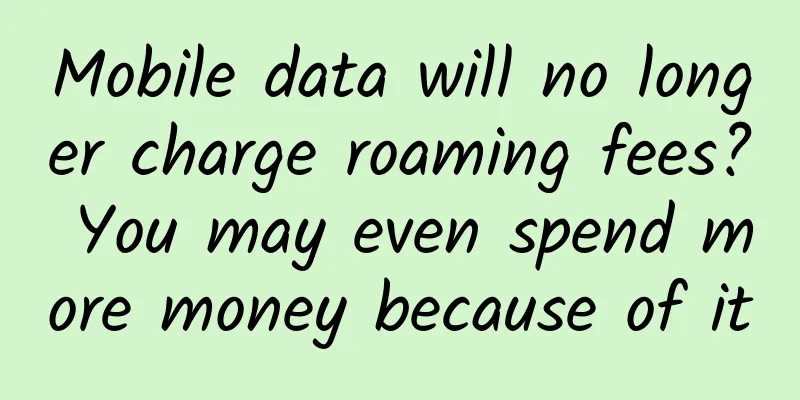
![[6.18] DediPath: $30/month-E3-1240v2, 16GB memory, 2TB hard disk, 1Gbps unlimited traffic/Los Angeles data center](/upload/images/67cabe6780a9e.webp)
![[Important] IDC and Deepin Technology jointly released the technical white paper "Three Highs Application Delivery to Realize the All-Round Experience of Digital Natives"](/upload/images/67eb9cb13c0f1.webp)


